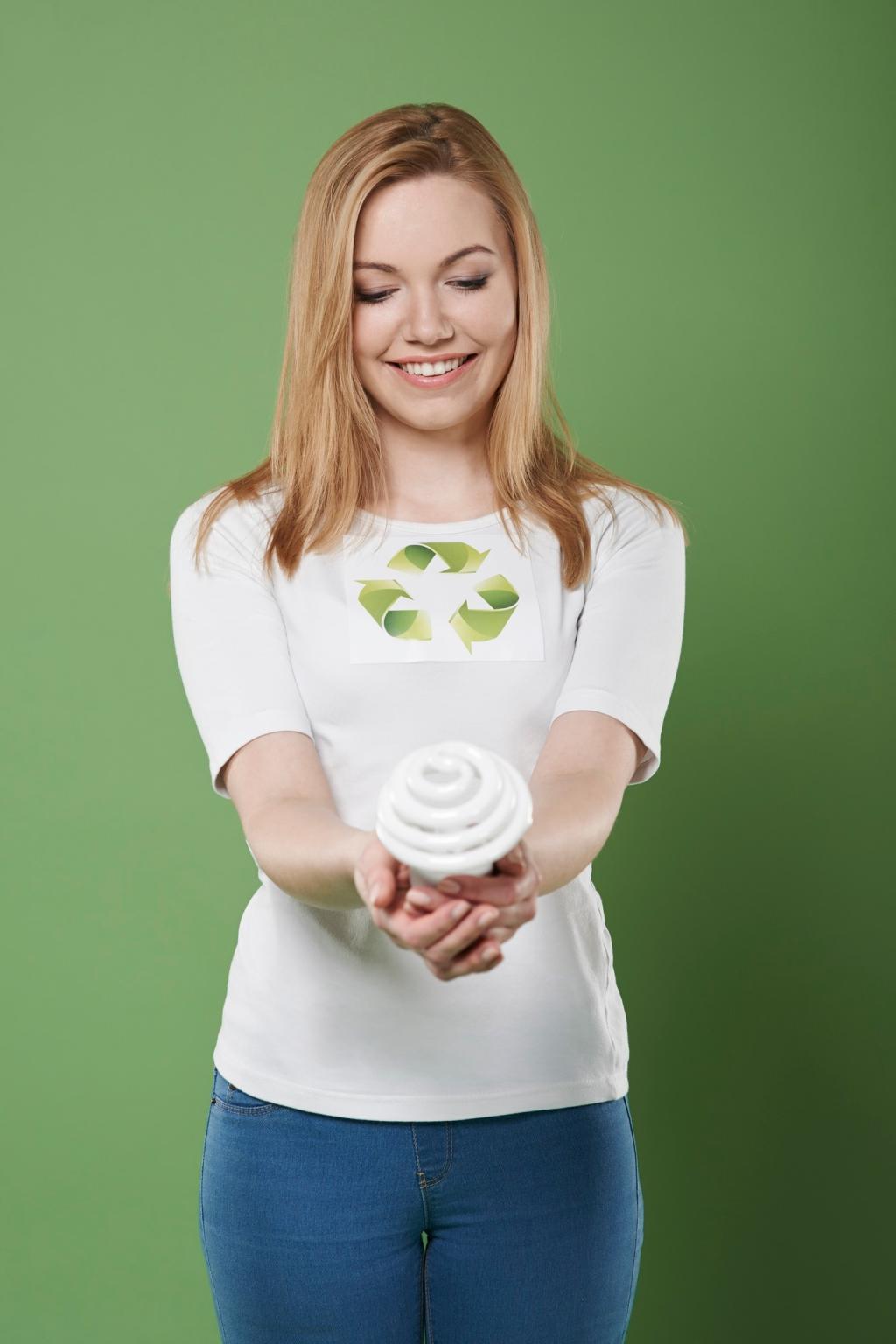Sustainable Design: Leveraging Digital Marketing for Green Interiors
Defining Sustainable Design in Modern Interiors
Sustainable interior design goes beyond aesthetics, focusing on creating environments that minimize negative impacts on the planet. It encompasses the use of non-toxic materials, energy-efficient solutions, and designs that promote longevity. In today’s context, it emphasizes circularity—choosing furnishings, finishes, and construction methods that reduce waste and energy consumption. Education is key, and digital channels present an unparalleled opportunity to make these concepts accessible to broader audiences, translating complex sustainability principles into digestible, actionable information.
The Impact of Digital Transformation on Green Practices
The rise of digital tools and social media has transformed how designers approach sustainability. Virtual consultations, online portfolios, and digital storytelling provide new avenues for sharing the journey behind a sustainably designed space. Designers can now engage potential clients with behind-the-scenes looks at material sourcing or offer immersive tours showcasing energy-saving features. This digital-first approach not only reaches wider audiences but also streamlines the advocacy of green practices, encouraging industry-wide shifts toward transparency and innovation.
Consumer Expectations in the Era of Eco-Consciousness
Modern consumers are increasingly drawn to brands that reflect their environmental values. Transparency, authenticity, and a demonstrated commitment to sustainability are top priorities. Digital marketing provides a platform for designers to articulate their green credentials, showcase eco-friendly projects, and respond directly to consumer questions. This open dialogue fosters trust and positions interior designers as thought leaders, setting higher standards in the industry and encouraging responsible choices from both professionals and clients.
Digital Content Strategies for Promoting Green Interiors
Compelling storytelling can turn a green interior project from a simple renovation into a narrative of positive impact. Digital marketing allows for the integration of client testimonials, before-and-after photos, and behind-the-scenes stories of responsible sourcing. By emphasizing the journey—from selecting reclaimed wood to tracking the carbon footprint of materials—designers can forge a deeper connection with audiences. This narrative approach humanizes the brand, making eco-design more relatable while showcasing real-world benefits for health and the environment.
Social media platforms are a catalyst for accelerating the visibility of sustainable interiors. They provide instant access to wide audiences and encourage interactive engagement. Designers and brands can leverage visual platforms like Instagram or Pinterest to highlight green materials, offer tips on sustainable living, or host live discussions about eco-innovation. Consistent and authentic content shared via these channels can quickly build a loyal following, motivating users to seek out greener alternatives for their next interior project.
Beyond inspiration, digital marketing offers powerful tools for education. Blogs, webinars, downloadable guides, and infographics can break down complex aspects of sustainable design, from certifications and standards to tips for waste reduction. Educational campaigns position interior designers as knowledgeable authorities and empower consumers to make informed decisions. Well-crafted content not only demystifies sustainability but also encourages action, creating a cycle of continual learning and improvement within the green interiors community.

Website Design and User Experience for Green Values
A designer’s website is often the first touchpoint for prospective clients. Prioritizing eco-friendly design elements—such as fast loading times, minimalistic layouts, and energy-efficient coding—demonstrates a commitment to sustainability even in digital spaces. Showcasing certifications, materials used, and sustainable business practices reinforces these values. An intuitive, informative, and visually appealing website sets the tone, guiding users smoothly toward learning more about green interiors and initiating project discussions.
Transparency, Certifications, and Ethical Storytelling
Trust is central to any green brand. Digital marketing serves as a powerful platform to provide transparency regarding sourcing, production processes, and environmental impact. Highlighting third-party certifications and sharing detailed case studies offer evidence of commitment to sustainability. Ethical storytelling—openly discussing the challenges and successes of embracing green practices—resonates deeply with conscientious consumers and helps differentiate a brand in a market saturated with greenwashing.
Engaging Stakeholders and Building Community Online
Sustainable design thrives on collaboration. Through digital channels, brands can engage clients, suppliers, and partners in meaningful conversations about sustainability initiatives. Hosting online forums, participating in industry roundtables, or facilitating Q&A sessions creates a sense of community and shared purpose. This ongoing interaction deepens relationships, drives referral business, and cultivates a network of advocates dedicated to advancing sustainability in interiors.
Previous slide
Next slide
